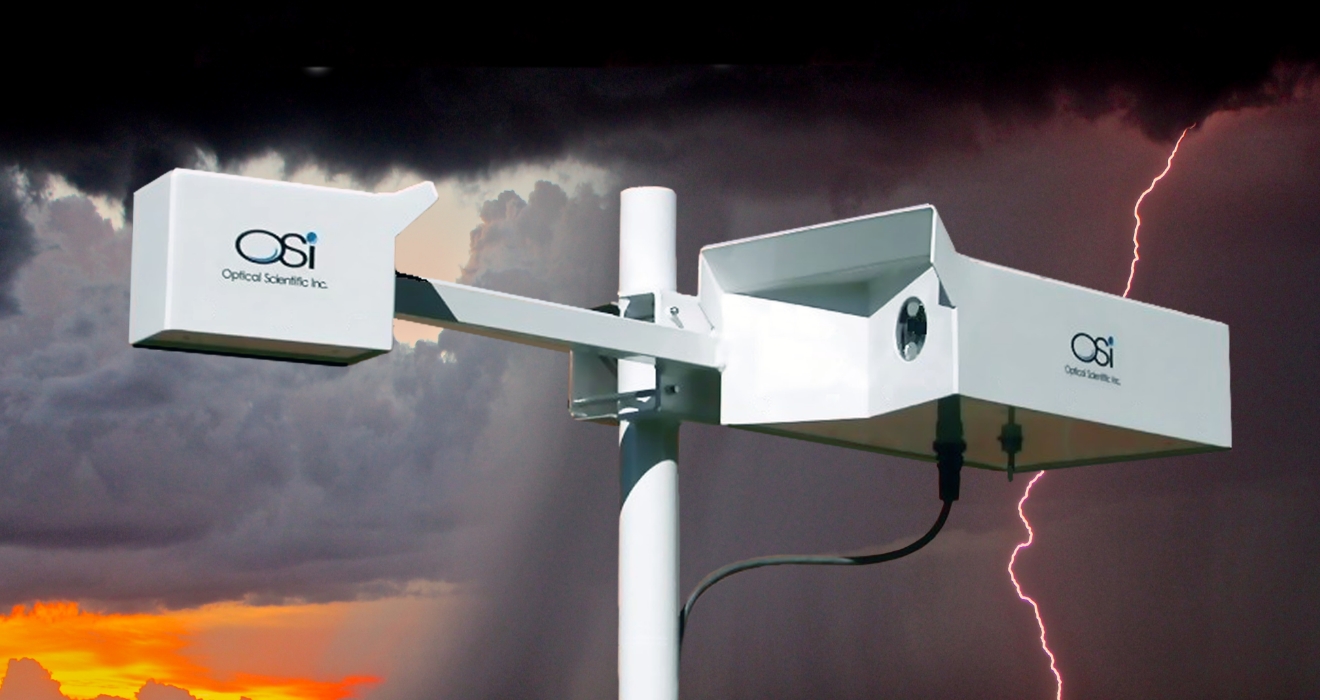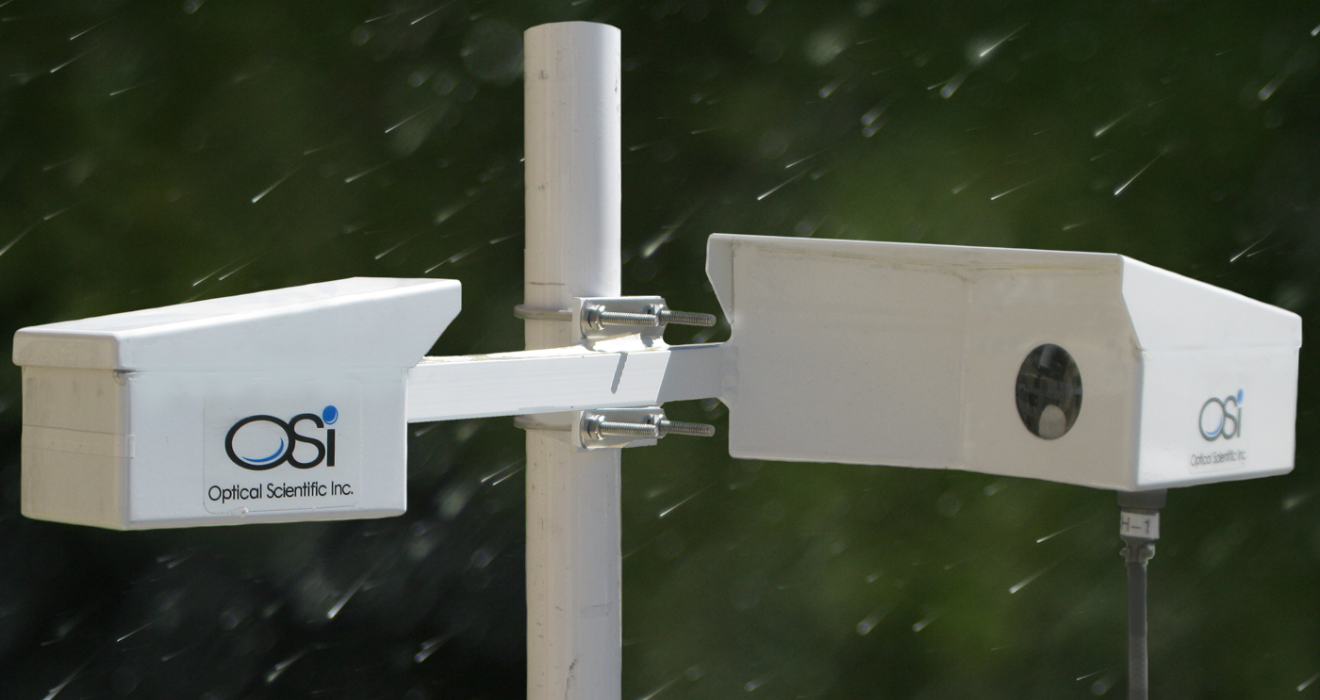Marine vs. Industrial Weather Sensors: How Optical Scientific solutions adapt to different environments?

When it comes to weather, guessing just doesn’t cut it – especially in high-stakes environments like the open ocean or industrial work zones. From cargo ships navigating rough seas to manufacturing plants monitoring atmospheric changes that affect operations, accurate, real-time weather data is non-negotiable. That’s where weather sensors come into play.
But not all sensors are built the same.
Marine and industrial environments each pose unique challenges – salt spray, high winds, chemical exposure, dust storms, and electrical interference, just to name a few. The same sensor that thrives on an oil rig in the Gulf of Mexico might fail miserably in a refinery in Texas.
That’s why Optical Scientific Inc has engineered smart, rugged, and highly specialized weather sensors that adapt to the specific demands of each environment – whether it’s the unpredictable sea or the controlled chaos of industry.
In this article, we’ll break down the critical differences between marine vs. industrial weather sensors and explore how Optical Scientific’s cutting-edge solutions are meeting the moment – one environment at a time.
Understanding Weather Sensors
Weather sensors are specialized instruments that collect environmental data – temperature, humidity, wind speed and direction, precipitation, visibility, and more – fueling forecasts, safety systems, and operations in everything from marine vessels to factories.
Key Sensor Types:
- Optical Sensors – Use light (often infrared or laser) to detect particles or precipitation. No moving parts give them high durability, making them ideal for extreme conditions.
- Ultrasonic Sensors – Measure wind speed and direction by timing sound pulses. They offer high accuracy and low maintenance.
- Mechanical Sensors – Traditional cup anemometers or tipping-bucket rain gauges. Cost-effective but prone to wear and require regular calibration.
Real-World Example:
Weather buoys collect sea-level air temperature, barometric pressure, wind speed, wave height, and more. They transmit data via radio, cellular, or satellite – crucial for oceanic forecasting.
Marine Weather Sensors: Built for the Brutal Sea
The open ocean demands the toughest sensors.
Marine Environment Challenges:
- Salt and Corrosion – Saltwater is highly corrosive, especially combined with high winds and humidity.
- Biofouling – Barnacles, algae, and marine organisms can coat sensor surfaces, disrupting measurements.
- Remote Deployment – Buoys and ship-mounted sensors often go unserved for months at a time.
Optical Scientific Inc’s Marine Sensor Designs:
Optical Scientific Inc has been engineering rugged electro-optical instruments since 1985, tailored for marine deployment:
- ORG-815 (Optical Rain Gauge) and APG-815 (All Precipitation Gauge) accurately detect both rain and snow using optical beam technology – no moving parts to corrode.
- OWI-430 / OWI-650 (Optical Weather Identifiers) measure visibility and classify precipitation types – even under harsh North Atlantic conditions.
These sensors are trusted in NOAA buoys and NASA research vessels, offering reliable, low-maintenance data in severe marine environments.
Industrial Weather Sensors: Tough for Harsh Conditions
Industrial sites – refineries, plants, and stack emissions – present a different set of hurdles.
Industrial Environment Challenges:
- Dust, Chemicals, and Particulates – Airborne debris can gum up sensors.
- Electromagnetic Interference – High RF noise or explosive atmospheres mean sensors must be intrinsically safe.
- Heat and Visual Obscurity – High process temperatures and opaque gases complicate measurement.
Our Approach in Industry:
- Optical Flow Sensor (OFS) Series – Designed for stack gas velocity monitoring under high opacity, temperature, and dust. Proven in EPA compliance systems.
- HazMET Portable Stations – Quickly deployable for environmental emergencies, measuring temperature, wind, humidity, and visibility.
- MAWOS / AWOS Observation Systems – FAA-certified, modular weather stations for aviation and industrial use.
These solutions are trusted across industries – from air quality monitoring to airport towers to energy plants.
Comparing Marine vs. Industrial Sensors
| Feature | Marine Sensors | Industrial Sensors |
| Primary Threats | Salt corrosion, waves, biofouling | Dust, chemicals, heat, EM interference |
| Materials | Corrosion-resistant alloys, sealed optics | Explosion-proof enclosures, intrinsically safe components |
| Power & Connectivity | Solar, battery, satellite | Wired systems (Ethernet, Modbus) or portable batteries |
| Calibration Needs | Self-cleaning optics, low maintenance | Optical self-diagnostics and rugged design |
These differences matter: A marine sensor in a factory will clog quickly, while a factory sensor aboard a ship will corrode or fail. OSI’s tailored approach ensures reliable data regardless of environment.
Optical Scientific Inc’s tailored solutions in action
Proven Marine Deployments:
- NOAA buoys using ORG-815 for tropical rainfall data in large-scale weather missions.
- OWI-650 sensors on North Atlantic buoys, praised for long-term visibility and precipitation measurement.
Industrial Success Stories:
- OFS systems monitoring flare stacks and ducts under extreme opacity and dust.
- HazMET100 stations deployed during spills or industrial emergencies.
- AWOS/MAWOS systems integrated into FAA-compliant aviation operations.
OSI’s reputation is backed by governmental and scientific trust—from NASA to NOAA, FAA to EPA.
Why does environment specific design matter?
Not all sensors are created equal – and not all environments play by the same rules. Using a generic, one-size-fits-all sensor in a mismatched setting can quickly lead to costly consequences. Harsh industrial conditions, fluctuating temperatures, high humidity, airborne particulates, or corrosive atmospheres can push non-specialized sensors beyond their limits. The result?
- Frequent downtime and unreliable readings.
- Higher maintenance and replacement costs.
- Increased operational risks and potential regulatory non-compliance.
In industries where safety, compliance, and uptime are mission-critical, even small measurement inaccuracies can escalate into significant financial or safety risks.
With decades of R&D and over 800 million field hours embedded into their algorithms, Optical Scientific Inc’s scintillation-based optical sensors are engineered for precision in real-world environments. Their environment-specific design ensures stable performance despite temperature swings, dust exposure, or high-vibration settings. These sensors are not just about detecting change – they are about detecting the right change, consistently, over the long term.
Conclusion
Marine and industrial environments demand radically different weather sensor solutions. Whether battling saltwater corrosion or industrial dust and heat, Optical Scientific’s environment-specific design ensures accurate, long-lasting, and low-maintenance performance.
By investing in the right tools – from optical rain gauges to stack gas flow sensors – operators gain reliable data, smoother processes, and peace of mind. Choosing the wrong type of sensor can mean costly downtime, inaccurate measurements, and even safety hazards.
What sets Optical Scientific, Inc apart is their deep understanding of the unique stressors in each environment and their commitment to engineering solutions that last. This approach is not only protects assets but also ensures compliance with industry regulations, minimizes maintenance demands, and supports mission-critical decisions.
In the end, whether your operations are on the open ocean or deep within an industrial facility, Optical Scientific, Inc delivers the accuracy and resilience you need to face the elements head-on – every single day.

